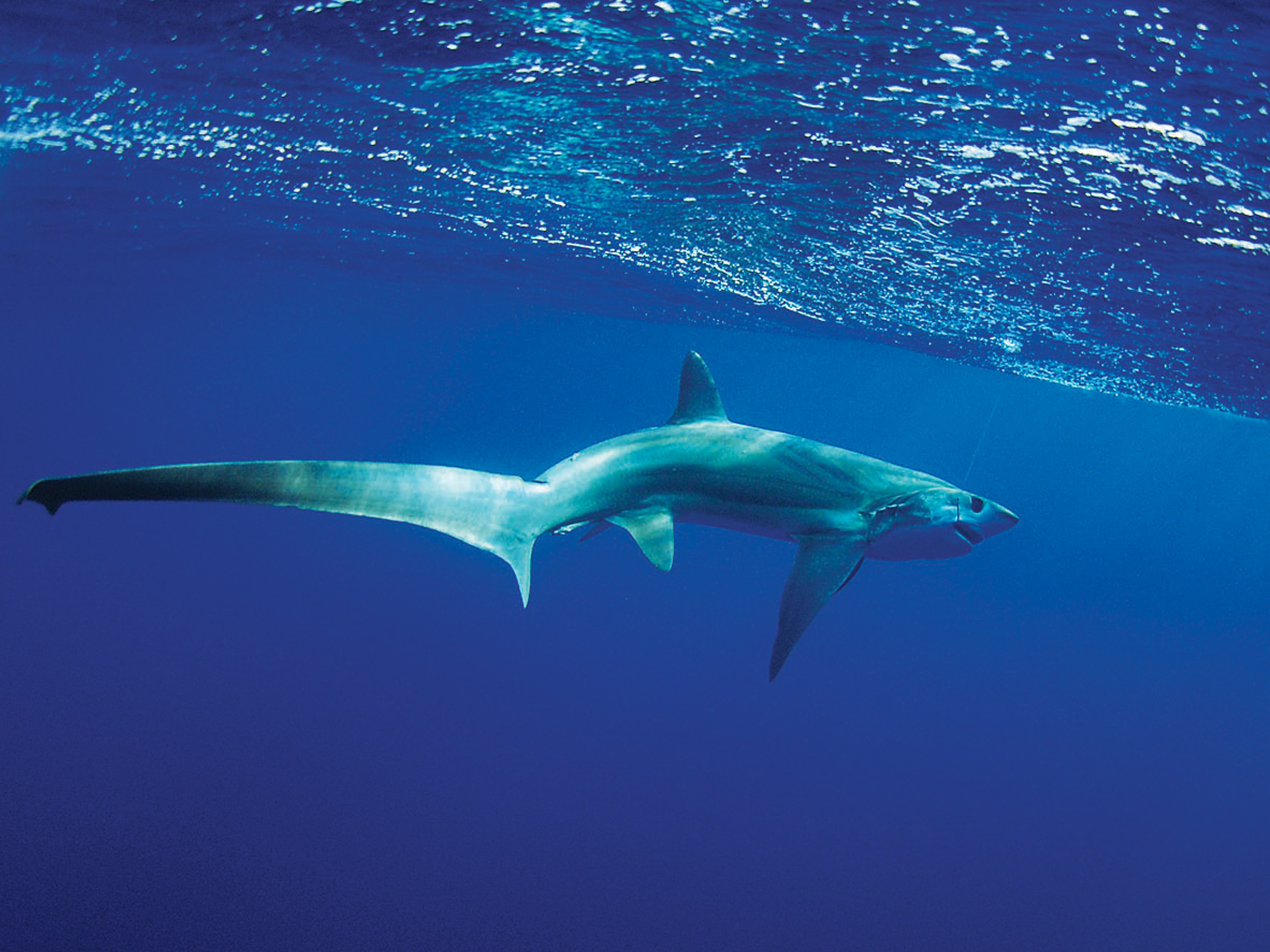Comet Hartley 2 is an odd, dumbbell-shaped object that rotates as it tumbles along its orbit. One end spews carbon dioxide gas so violently that it regularly throws off chunks of ice as it travels around the sun every six and a half years or so. Astronomers are scratching their heads over how such a small object could still have so much energy and material after billions of years of existence.
NASA's EPOXI mission flew near enough in November 2010 to capture impressive images of Comet Hartley 2 ejecting its gases. Much of the data it collected has since been analyzed. The University of Maryland's Michael Ahearn told Space.com recently, "Among the comets visited by spacecraft, Hartley 2 is in a class by itself."1
First, the comet looks young. Space.com reported:
For starters, its nucleus contains an abundance of carbon dioxide (CO2…or, in solid form, dry ice). This is a volatile material…it burns easily…and so scientists would expect much more of it to have burned away in the 4.5 billion years since the comet formed along with the rest of the solar system.1
In fact, as ICR News pointed out when data from the flyby was fresh, one would expect not just "much more of it" to have burned off, but all of it eons ago.2
A detailed analysis of Comet Hartley 2 was published in the June 17 issue of Science.3 A'Hearn, the study's principal investigator, emailed Space.com:
We are still trying to sort out the implications for formation. The biggest remaining question, or at least the one that interests me most, is why there is so much CO2 in this comet and why it seems to differ between the two ends.1
So, nobody knows how this one-mile-long flying space rock could possibly still have so much carbon dioxide after billions of years. But this is a familiar story in the world of astronomy. Nobody knows how the material that supplies Enceladus' jet-like fountain could possibly still exist, either.4
The comet also shows an "excited state" of rotation, including a "nodding motion" that was unexpected. The authors of the Science report stated, "These changes are presumed to be due to torques produced by the outgassing."3 But after 4.5 billion years, how could the comet's outgassing still be able to generate enough force to push around this 300-megaton comet?5 The whole thing should have fizzled into space dust in only a fraction of its supposed billions-of-years lifespan.
Comet Hartley 2 looks very young. The most "scientific" explanation should be the one that fits the most data with the fewest assumptions. If it looks young, maybe it is young…even if its maximum age has to be measured in thousands, not billions, of years.6
References
- Wolchover, N. Quirky Comet Hartley 2 Confounds Theories on Early Solar System. Space.com. Posted on space.com June 16, 2011, accessed June 16, 2011.
- Thomas, B. NASA Photographs Young Comet. ICR News. Posted on icr.org November 12, 2010, accessed June 16, 2011.
- A'Hearn, M. F. et al. 2011. EPOXI at Comet Hartley 2. Science. 332 (6036): 1396-1400.
- Thomas, B. Planetary Quandaries Solved: Saturn is Young. ICR News. Posted on icr.org May 7, 2009, accessed June 17, 2011.
- Lisse, C. M. et al. 2009. Spitzer Space Telescope Observations of the Nucleus of Comet 103P/Hartley 2. Publications of the Astronomical Society of the Pacific. 121 (883): 968-975.
- See also Humphries, D. R. 2005. Evidence for a Young World. Acts & Facts. 34 (6).
Image credit: NASA/JPL
* Mr. Thomas is Science Writer at the Institute for Creation Research.
Article posted on June 28, 2011.
















